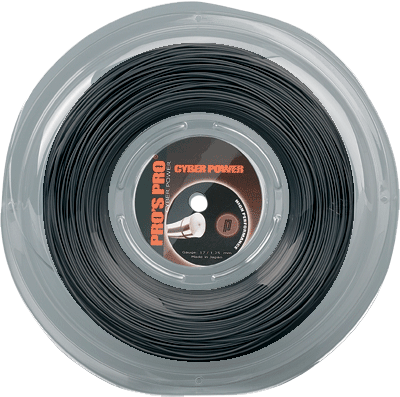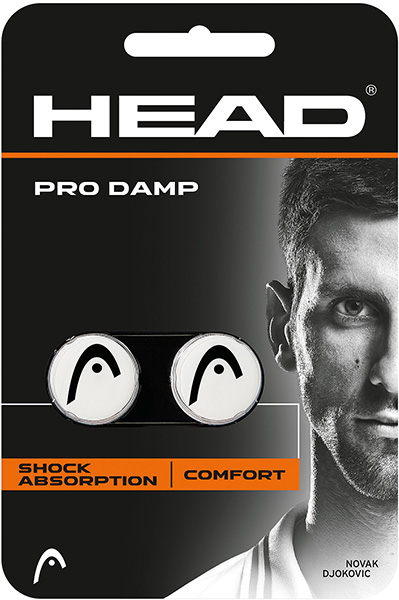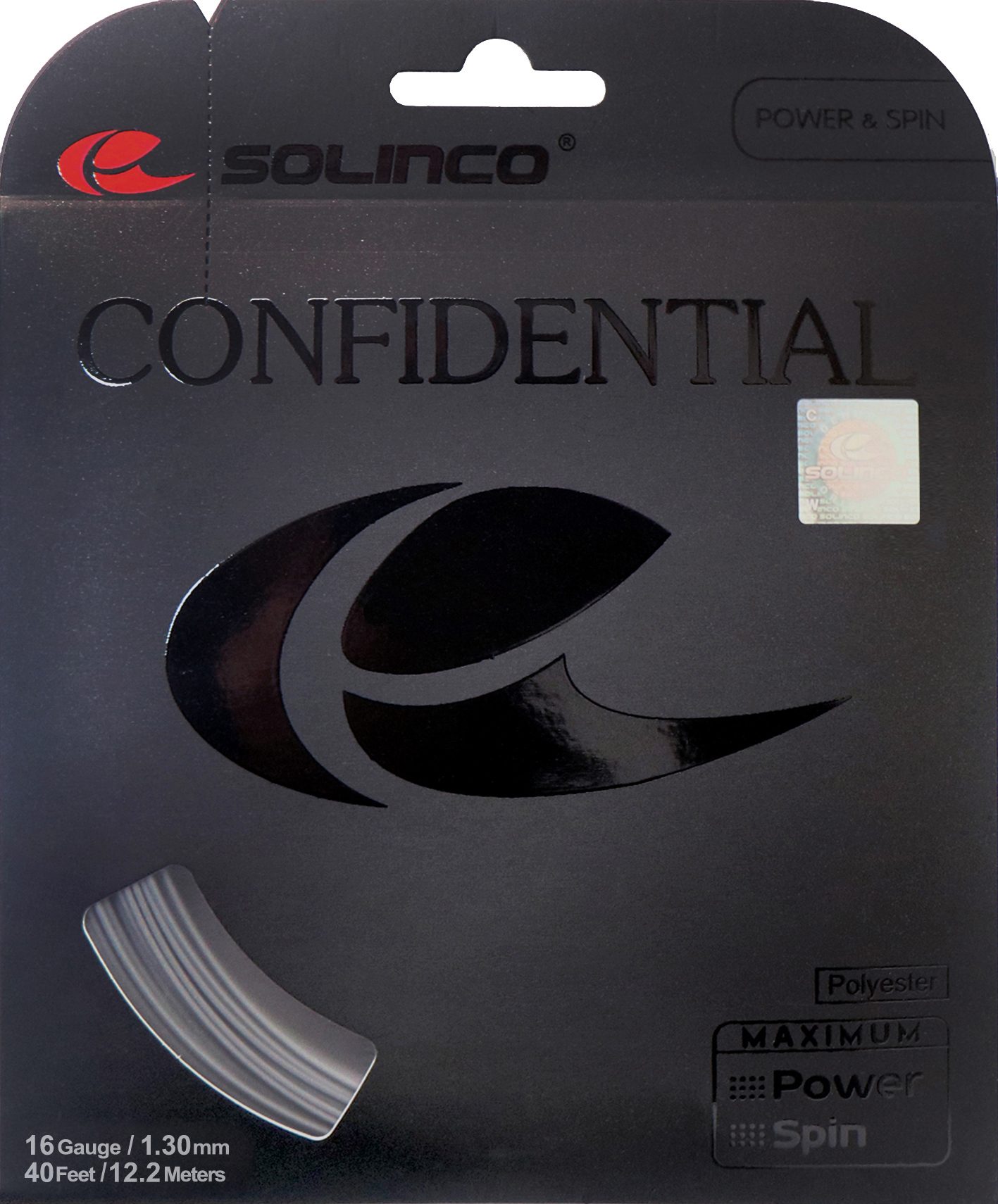64,90 €
Each offer available in the Tennis Zone is an original product, coming directly from manufacturers or trusted distributors.

64,90 €

64,90 €
Harness the power of advanced technology with the Pro's Pro Cyber Power tennis string. Engineered for demanding players who require exceptional control, comfort and resilience, this string is also suited for those who prioritize maintaining tension during intense matches. It’s versatility ensures that it aids players in all aspects of their game on the tennis court.
Made from high-quality co-polyester, the Pro's Pro Cyber Power boasts remarkable resiliency and durability. The meticulous monofilament structure guarantees sustained top-tier performance, meeting the standards of competitive tennis players whilst staying smooth and easy on the hands.
This string strikes a perfect balance between control and comfort, providing players with optimal sensation during games, while enhancing their overall performance. Engineered to hold tension and reduce string movement, Pro's Pro Cyber Power truly lives up to its reputation for excellent playability and stability.

| Article number: | ST15122.1 |
|---|---|
| Color: | Black |
| Material: | co-polyester |
| Properties: | comfort control maintenance of tension strength |
| String length (m): | 200 |
| String profile: | soft |
| Structure: | monofilament |
Harness the power of advanced technology with the Pro's Pro Cyber Power tennis string. Engineered for demanding players who require exceptional control, comfort and resilience, this string is also suited for those who prioritize maintaining tension during intense matches. It’s versatility ensures that it aids players in all aspects of their game on the tennis court.
Made from high-quality co-polyester, the Pro's Pro Cyber Power boasts remarkable resiliency and durability. The meticulous monofilament structure guarantees sustained top-tier performance, meeting the standards of competitive tennis players whilst staying smooth and easy on the hands.
This string strikes a perfect balance between control and comfort, providing players with optimal sensation during games, while enhancing their overall performance. Engineered to hold tension and reduce string movement, Pro's Pro Cyber Power truly lives up to its reputation for excellent playability and stability.

| Article number: | ST15122.1 |
|---|---|
| Color: | Black |
| Material: | co-polyester |
| Properties: | comfort control maintenance of tension strength |
| String length (m): | 200 |
| String profile: | soft |
| Structure: | monofilament |
Each offer available in the Tennis Zone is an original product, coming directly from manufacturers or trusted distributors.
Sign up for the free newsletter and do not miss any promotions and news, as well as individual offers from our store.
Functional cookies are absolutely necessary for the functionality of the web shop. These cookies assign a unique random ID to your browser so that your unhindered shopping experience can be guaranteed over several page views.
Marketing cookies are used to display advertisements on the website in a targeted and individualized manner across multiple page views and browser sessions.
Tracking cookies help the shop operator to collect and evaluate information about the behaviour of users on their website.
These cookies are used to collect and process information about the use of the website by users, in order to subsequently personalise advertising and/or content in other contexts.
Service cookies are used to provide the user with additional offers (e.g. live chats) on the website. Information obtained via these service cookies may also be processed for site analysis.




